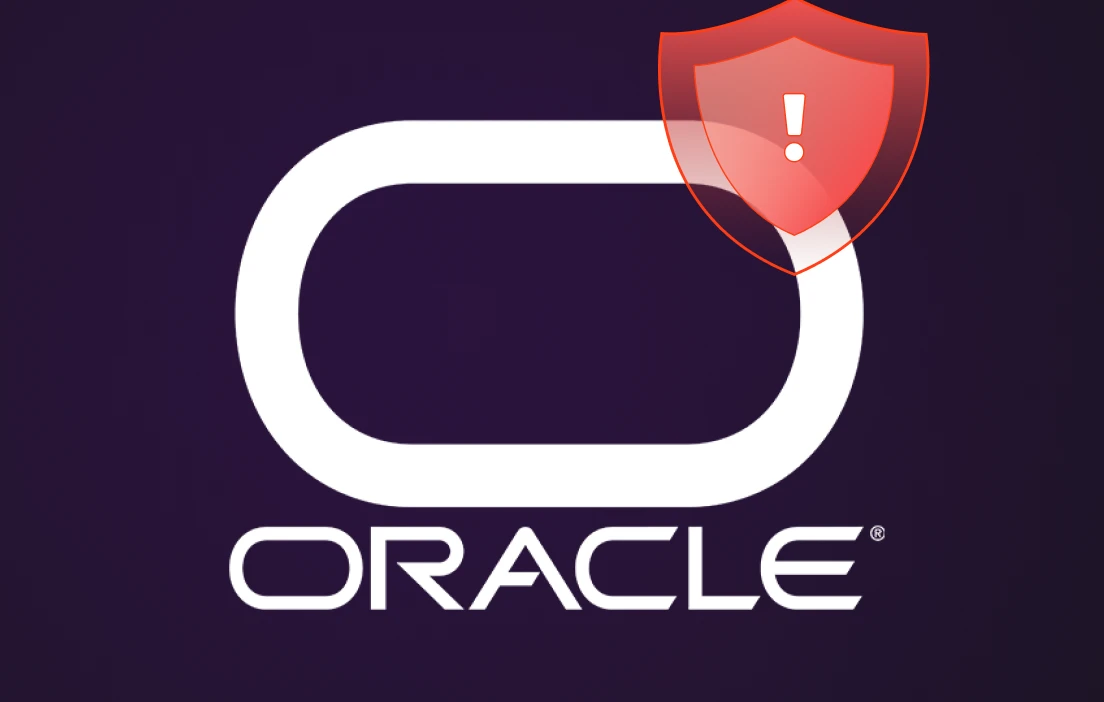Another day, another headline-grabbing breach. This time, it’s Oracle.
Yes, that Oracle—the same one trusted by thousands of enterprises for databases, cloud infrastructure, and healthcare systems. But what really stands out in this recent data compromise isn’t just the scale of the breach—it’s what it tells us about a deeper, often-overlooked problem: how we handle encryption keys.
Let’s be honest—too many companies are still relying on built-in native encryption and assuming they’re covered. Spoiler alert: they’re not. The Oracle breach is proof.
So, what actually happened?
The Oracle confirmed not one but two separate incidents in the past few months.
First, older Cerner healthcare systems (acquired by Oracle) were hacked. These servers hadn’t yet moved to Oracle Cloud, but they still contained patient data—and hackers got in.
Then, a second breach hit even closer to home: old customer login credentials (some surprisingly recent) were stolen from Oracle systems. These weren’t just lost in the void either—someone tried selling them on the dark web.
On top of that, a hacker going by “Rose87168” claimed to have exfiltrated millions of records from Oracle’s SSO and LDAP infrastructure—including encrypted credentials, Java KeyStore files, and even key materials. If true, that’s not just access—it’s control.
And how? Apparently through a known Oracle Access Manager vulnerability (CVE-2021-35587). It’s a pretty nasty bug: unauthenticated remote code execution over HTTP. Translation? An attacker could do damage without ever logging in.
Let’s talk about TDE—and why native encryption is not enough
TDE aka Transparent Database Encryption has been the go-to for encrypting data at rest in Oracle databases. It sounds solid: encrypt your tablespaces, your files, your backups. Done, right?
Not quite.
Here’s the catch: TDE protects data at rest, but the keys? They often live right next to the data—in the same environment. That’s like locking your front door and taping the key to the window.
In some Oracle setups, those encryption keys sit in memory (SGA).
If an attacker gets access to the database or server memory, it’s game over. They don’t need to crack encryption—they just grab the keys and walk out with your data. And as we’ve seen that kind of access is very much on the table.
This is where External Key Management comes in
If you’re serious about security, you need to separate your keys from your data. That’s Security 101.
External Key Management Systems (EKMS)—like Fortanix, for example—take the keys out of the database and put them in a dedicated, secure, policy-controlled environment. Think of it as keeping your house key at the bank instead of under your doormat.
With external key management:
- Keys are never exposed to the app or database directly
- You control access to keys with strict policies
- You can rotate or revoke keys instantly if there’s a breach
- You get audit logs and compliance visibility (huge for HIPAA, PCI, etc.)
Even if your database gets breached, the attacker won’t be able to decrypt the data—because they don’t have the keys.
The elephant in the room: Oracle doesn’t make this easy
Unfortunately, Oracle doesn’t natively support true external key management for its databases. Sure, they have Oracle Key Vault—but that’s still an internal solution. It’s part of the Oracle ecosystem, running in Oracle infrastructure.
This is where Oracle has continuously denied certifying External key manager integrations through standard TDE to see ways of making enterprise opt for OKV which is now proven to be insufficient. So yes, you can encrypt your data. But Oracle holds the keys. If they get breached (as they just did), everything—your data and the keys—could be exposed.
Other cloud providers like Google Cloud let you bring your own key and manage it with an external HSM or third-party EKM. Oracle? Not yet.
That needs to change.
This breach should be a turning point
Security isn’t about checking a box. It’s about assumed breach thinking—because one day, someone will get in.
And when they do, what separates a headline from a non-event is whether your most sensitive data stays protected.
External key management isn’t just for paranoid security teams anymore. It’s the direction every modern, compliance-conscious, risk-aware organization should be moving toward.
It’s time for Oracle—and honestly, all of us—to take encryption seriously.
Final thoughts
The Oracle compromise is a big red flag waving in front of enterprise security teams. If you’re still relying on built-in encryption and storing keys alongside your data, you’re taking a huge risk.
Separate the keys. Use external key management. Don’t wait for your name to show up in a breach report.
Let this be the moment we all wake up—and secure your keys before Auditors or compliance start to enforce it.

 Cite this article
Cite this article









